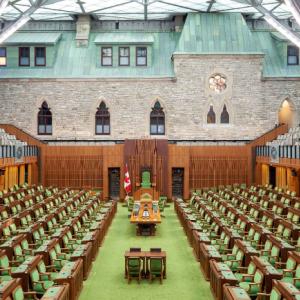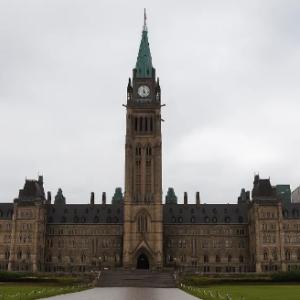A Future Without Family Doctors: A Canadian crisis decades in the making
This is the first in a two-part article series, you can read part two here.
The clock is ticking for me and my family. We’ve been privileged enough to have a family doctor since before my birth, but with my doctor's retirement right around the corner, my family and I could soon join the millions of other people in Canada without one.
And let’s be clear: this isn’t on them. From my discussions with my doctor and many other physicians, their planned retirements are being expedited due to burnout, because they need to take care of themselves and their families too, especially after dedicating lifetimes of service to their communities.
For years they’ve been working longer and longer hours—often unpaid—behind the scenes to keep up with the administrative duties that come with running a clinic (approximately an additional 19 hours according to the Ontario College of Family Physicians), all in service of larger and ever-larger patient rosters, in the face of shrinking capacity and resources. In parallel, the compensation schemes from most governments haven’t kept up with increased workloads and responsibilities, making family medicine a less desirable (if not financially inviable) specialization for today’s classes of highly indebted medical students.
This is not a new issue, either. Let’s go back in time to ten years ago. It’s September 2014. I am in my freshman year at the University of Ottawa, taking an undergraduate bachelor’s degree in Interdisciplinary Health Sciences. The subject of the day was the sociology of health, and one of the first topics we learned about was Canada’s already-brewing health workforce crisis.
Specifically, we learned that a decade from then (which is now, in 2024), the health workforce—especially the number of family physicians—would have to increase to keep up with the growing demands of an aging population; a population which would expect to receive longer-term and more comprehensive health services.
And yet, according to data from the Canadian Resident Matching Service (CaRMS), in 2014, 38% of medical residents were matched to train in family medicine, while this number fell to 30% in 2023.
To get a sense of how many physicians left the practice in Ontario last year, I reached out to the College of Physicians and Surgeons of Ontario (CPSO), whose spokespeople indicated that there were “1,159 physicians that resigned from practice or failed to renew their license in 2023.” Whether that was because of burnout, retirement, or change of region of practice is unclear, and CPSO also did not project how many additional doctors would stop practicing in 2024 when I inquired about the potential numbers for this year.
Regardless, the fact remains that 1,159 Ontario doctors stopped practicing last year, and the replacement cohort for them seemingly kept pace, somewhat. In 2023, 1,132 Ontario medical graduates began their residency positions. What can get missed here is that any comparison between an experienced doctor and a newly minted resident cannot be equivalent.
This can have repercussions on the quality of care patients receive, since they may need a more seasoned doctor with enough knowledge and exposure to different health issues to manage complex health needs.
Digging deeper, specifically for family medicine residency positions beginning training in Ontario in the same year, 449 of 545 positions were filled (82%). Essentially, 449 of 1,132 of the next generation of Ontario doctors are currently specializing in family medicine, but it will be years before they join the workforce as potential independent family doctors. And this doesn’t guarantee that they will remain practicing in the province, either.
Overall, it doesn’t seem that the lessons and warning signs we learned about in my early university days made their way to our decision makers, who had over a decade’s worth of opportunity to pull various policy levers to try and mitigate the current crisis in health human resources.
There are vacancies left unfilled, after all, which is disappointing considering jurisdictions across the country are struggling to support patients who do not have access to a primary care provider.
From my perspective as a patient, it would seem that a reasonable first step in closing the gap in our family doctor shortage is for our medical education institutions to do whatever they can to ensure those training vacancies get filled. If fiscal concern is the reason why this is the case, then let me borrow from an oft-cited financial philosophy: any action and investment that can be taken to address these issues—however small—can compound and lead to significant returns.
Maxime Lê is founder and principal of Lê & Co. Health Communication Santé, a bilingual health communications firm. He is a patient partner with The Ottawa Hospital and Ottawa Hospital Research Institute, serves on the Board of Directors of the Patient Advisors Network and co-chairs the Ontario Health East Patient and Family Advisory Council.









